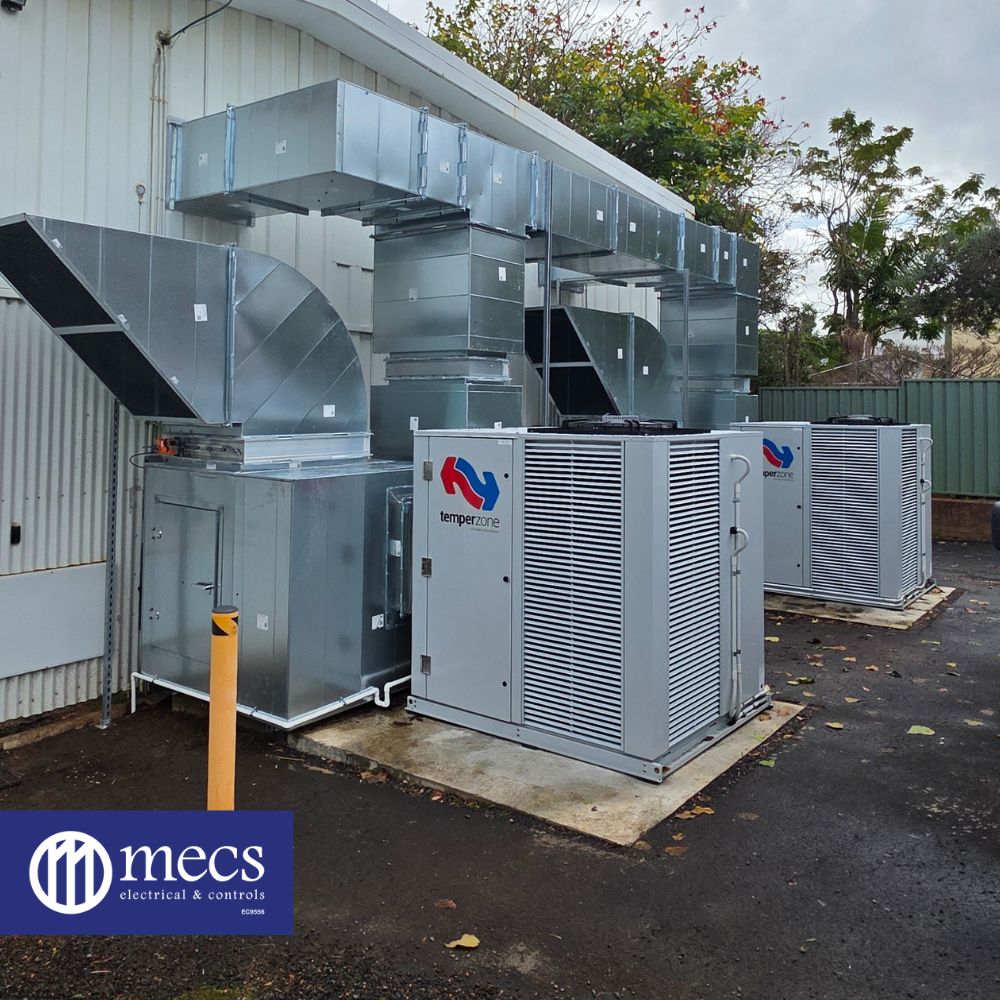Introduction
Artificial Intelligence (AI) is rapidly transforming industries around the world, and Australia is no exception. As AI continues to evolve, it is expected to create a significant number of job opportunities, particularly in the technology sector. According to a recent report by the Tech Council of Australia, the country could see an increase of up to 200,000 AI tech workers by 2030. This growth will not only boost the economy but also shape the future of the Australian workforce.
The Current State of AI in Australia
Australia has been steadily investing in AI technology and innovation. The government, alongside private enterprises, has recognised the potential of AI to drive economic growth and improve various sectors, including healthcare, agriculture, finance, and more. Currently, the AI industry in Australia is in its nascent stages, with a strong focus on research and development, AI ethics, and building foundational infrastructure.
AI and Economic Growth
The adoption of AI is expected to contribute significantly to Australia’s GDP. By automating repetitive tasks, improving efficiency, and enabling better decision-making, AI technologies can enhance productivity across industries. This economic boost is anticipated to create thousands of new jobs, not only in tech-focused roles but also in industries that integrate AI solutions into their operations.
Demand for AI Skills
As AI technologies become more prevalent, there is a growing demand for skilled professionals who can develop, implement, and manage these systems. Skills in machine learning, data analysis, natural language processing, and robotics are increasingly sought after by employers. To meet this demand, educational institutions and training programs are expanding their offerings in AI and related fields.
Preparing the Workforce for an AI Future
Education and Training
To build a workforce capable of supporting the AI-driven future, Australia must invest in education and training programs. Universities and technical colleges are already adapting their curricula to include AI and machine learning courses. Moreover, there is a push for lifelong learning, encouraging professionals to upskill and stay competitive in the evolving job market.
Collaboration Between Sectors
Collaboration between the government, industry, and academia is crucial in fostering AI innovation and preparing the workforce. Partnerships can facilitate knowledge sharing, resource allocation, and the development of industry-relevant skills. By working together, these sectors can create an ecosystem that supports AI growth and addresses potential challenges, such as job displacement due to automation.
Challenges and Considerations
Ethical and Social Implications
With the rise of AI, there are ethical and social considerations that must be addressed. Issues such as data privacy, algorithmic bias, and the impact of automation on employment need careful consideration. The Tech Council of Australia emphasises the importance of establishing ethical guidelines and frameworks to ensure that AI technologies are developed and deployed responsibly.
Bridging the Skills Gap
While there is a high demand for AI talent, there is also a notable skills gap. Many organisations struggle to find qualified candidates with the necessary expertise in AI and data science. Bridging this gap requires targeted efforts in education, training, and immigration policies that attract skilled professionals from abroad.
The Road Ahead
Government Initiatives
The Australian government is taking proactive steps to support the growth of AI. Initiatives such as funding research projects, offering grants for AI startups, and establishing innovation hubs are part of the strategy to position Australia as a leader in AI technology. These efforts aim to create a robust AI ecosystem that drives innovation and economic prosperity.
Industry Growth and Innovation
The tech industry in Australia is poised for significant growth as companies increasingly adopt AI solutions. From startups to established enterprises, organisations are leveraging AI to gain a competitive edge and explore new business models. This trend is expected to accelerate in the coming years, leading to the creation of numerous job opportunities across various sectors.
Conclusion
The potential for AI to transform the Australian economy and workforce is immense. With a projected 200,000 AI tech workers by 2030, the country is on the path to becoming a global leader in AI innovation. However, realising this potential requires a concerted effort from government, industry, and academia to invest in education, address ethical concerns, and foster collaboration. By embracing these challenges and opportunities, Australia can harness the power of AI to drive sustainable growth and prosperity for all.









